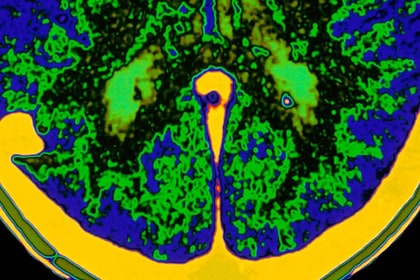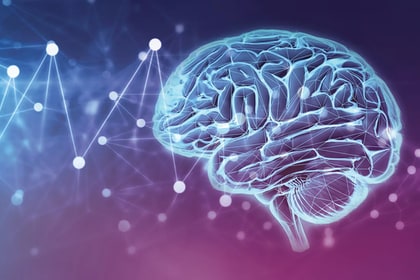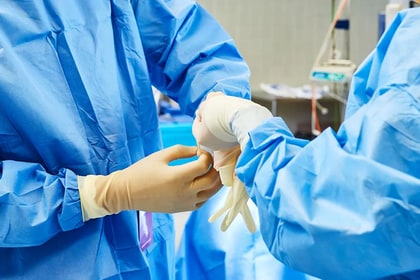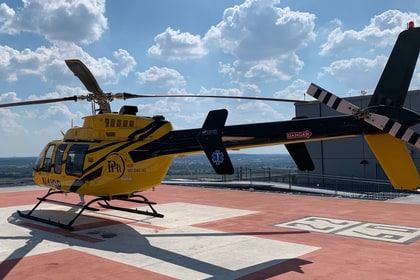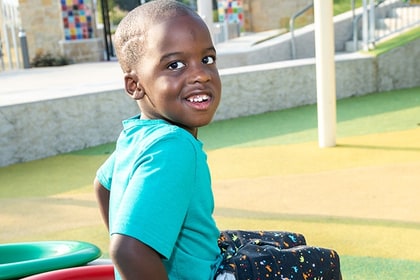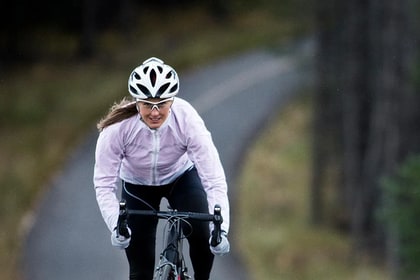Department of Neurological Surgery

UT Southwestern is ranked among the nation's top 20 hospitals for neurology and neurosurgery by U.S. News & World Report.
At this level, we take great pride in everything we do. The Department of Neurological Surgery's top-notch faculty has created an environment that is second-to-none for our residents and fellows. From brain tumors to neurotrauma to cerebrovascular issues, our programs receive some of the most complex, difficult cases in the country.
Top Ranked
We are ranked among the nation's top 10 hospitals for neurology and neurosurgery (#9), and among the top three academic medical centers in the 16-state Southeast and Southwest, home to approximately 40% of the US population.
As such, UT Southwestern is a prime location for specialized neurological care across a vast region of the US.
UT Southwestern Neurological Surgery at a Glance
Faculty
- 44 Full-time faculty including secondary appointments
- 22 Primary faculty
- 20 Primary faculty who are physicians
Clinical
- 23,000+ Ambulatory visits
- 8 Practice Locations
- 6 Hospitals
Education
- 6 Fellowship training programs
- 9 Fellows
- 18 Residents per year
Research
- $16M Total research funding
- 7 Faculty with NIH Funding
- 21 Active NIH grants
- 2 Blue Ridge Institute ranked Primary Investigators
Current as of Spring, 2025
Excellence in Care
Programs of the Department of Neurological Surgery include:
Our Neuro-Oncology Program's dedicated physicians, surgeons, and scientists provide patients with the best individualized treatment plans available for brain and pituitary tumors and pursue leading-edge research to find and develop better treatments. Using the latest research findings, technology, and techniques for care – including the only Gamma Knife Icon in the Dallas-Fort Worth area – we are relentless in our work of advancing the standard of care for patients with brain tumors. Our team is supported by the Annette G. Strauss Center for Neuro-Oncology and our work is conducted in collaboration with the Harold C. Simmons Comprehensive Cancer Center, as well as with the Department of Radiation Oncology.
Our Cerebrovascular Program treats more patients and performs more procedures than any other program in the region. Neurologists and neurosurgeons throughout Texas and the five-state area refer their most complex cases to UT Southwestern for the treatment of serious stroke, threatened stroke, and arteriovenous malformations.
Our department is a national leader in epilepsy surgery, with the busiest surgical program in the state and one of the busiest in the country. Our team-based approach gives patients access to tailored treatments incorporating minimally invasive approaches such as stereo EEG, laser ablation (LITT), and deep brain stimulation for epilepsy, along with experienced providers offering traditional surgical approaches such as hippocampectomy. We have unmatched experience in addressing challenging cases, such nodular heterotopia, using combined therapies.
Our functional neurosurgery program provides care to patients with Parkinson's disease, essential tremor, dystonia, and other movement disorders; patients with psychiatric diagnoses like obsessive compulsive disorder; and patients with facial pain. Our multidisciplinary approach integrates expertise of neurologists, neurosurgeons, and psychiatry. We offer an array of treatments tailored to each patient's needs, including deep brain stimulation, focused ultrasound, radiosurgery, and microsurgical options.
Our neurocritical care experts combine knowledge and skills from neurology, neurosurgery, and critical care medicine in the comprehensive resuscitation, monitoring, and management of complex and life-threatening neurological problems.
Through this program at Parkland Memorial Hospital, we play a major role in the provision of trauma care to the citizens of Dallas and visitors to our city who experience severe head injury or sustained trauma to the spine and spinal cord.
Our pediatric neurosurgery team provides the highest level of care in treating a wide variety of pediatric neurosurgical disorders. We offer innovative treatments and procedures, including open microsurgery, gamma knife radiosurgery, MRI-guided laser ablation, endovascular neurosurgery, and minimally invasive skull base surgery.
We collaborate with colleagues in neurology, plastic surgery, radiology, and physical medicine and rehabilitation to offer comprehensive care for patients with disorders of the nerves in neck, arms, and legs. Our neurosurgeons are experts in performing procedures such as dorsal root entry zone (DREZ) lesioning and electrical nerve stimulation.
We offer innovative treatment options for the most complex spinal conditions including spinal tumors and fractures, back and neck pain, spondylolisthesis, spinal deformities and degenerative disease. Some of the treatments available are nerve-conduction studies, endoscopic surgery, and CyberKnife radiosurgery.
Our team is at the forefront of TBI and concussion research and treatment. We are pioneering multidisciplinary approaches to care, such as using a pupillometer to predict TBI injury patterns and guide therapeutic decisions.


